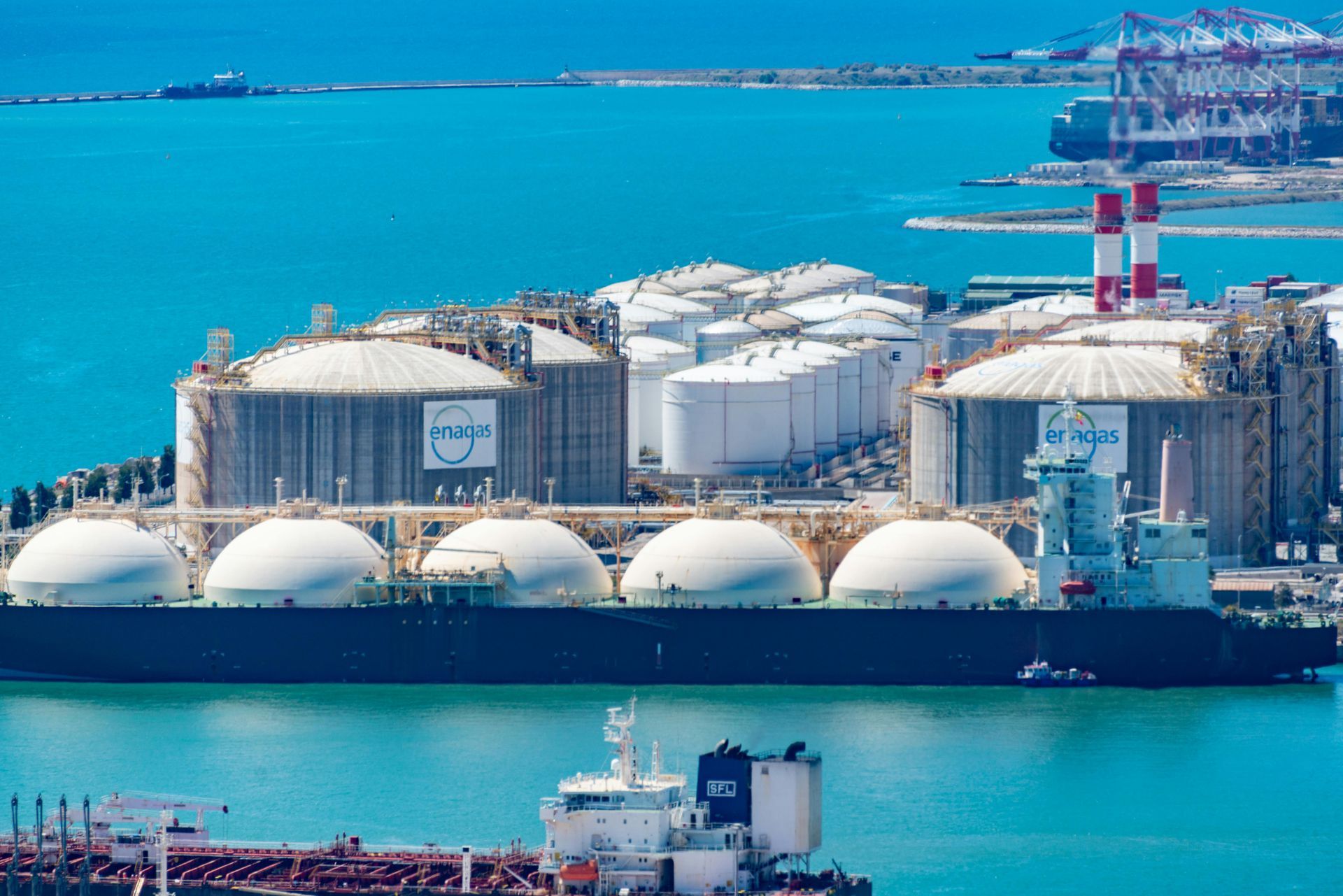Corpus Christi Is an Energy Powerhouse. It’s Running Out of Water.
Corpus Christi, Texas, once viewed as a prime spot for energy firms, is facing a looming water crisis. For years, the city enticed corporations like Tesla and ExxonMobil with deals involving land, low energy costs, and — most crucially — seemingly plentiful water. These companies invested billions to build factories that consume enormous volumes of water to produce fuels, plastics, and battery materials. In recent years, others followed suit, refining lithium and manufacturing plastic pellets, drawn by favorable tax incentives, access to a deep-water port, and an interconnected pipeline network.
Now, however, Corpus Christi’s water supply is under extreme stress. A prolonged drought has depleted reservoirs, and local officials warn that within as little as 18 months, the city may not be able to satisfy demand. The city’s water system serves over 500,000 people across seven counties — yet industrial users already consume roughly half of the total supply. One plastics plant alone accounts for about 13 % of the city’s daily winter water usage.
The timing could not be worse. As water dwindles, energy companies are warning that they may have to scale back operations, potentially threatening jobs and economic growth in the region. The city is under pressure to find alternatives as residents brace for tighter restrictions and higher rates.
One controversial plan had been a municipally owned desalination plant, intended to convert Gulf seawater into potable supply and ease pressure on inland sources. The plant was projected to deliver up to 36 million gallons per day starting around 2028. But cost estimates ballooned — eventually as high as $1.2 billion — and the city council canceled the project. Prior to its cancellation, the city had already borrowed substantial funds and spent tens of millions on preliminary work. Critics argued that the plan disproportionately benefited industry, while residents would bear much of the cost.
With desalination off the table for now, city officials are scrambling to deploy emergency measures. They’re pumping brackish groundwater from new wells, treating and diverting it via local rivers, and proposing to pipe in water from neighboring areas. But critics worry these fixes may not be enough or may spark conflict with communities that depend on those same water sources. In the meantime, residents are adjusting to stricter watering rules, and in some cases paying for delivered reclaimed water to water lawns.
Some city leaders and community members see this unfolding crisis as a cautionary tale: a booming industrial economy must be matched by sustainable infrastructure planning, especially in water-scarce regions.








